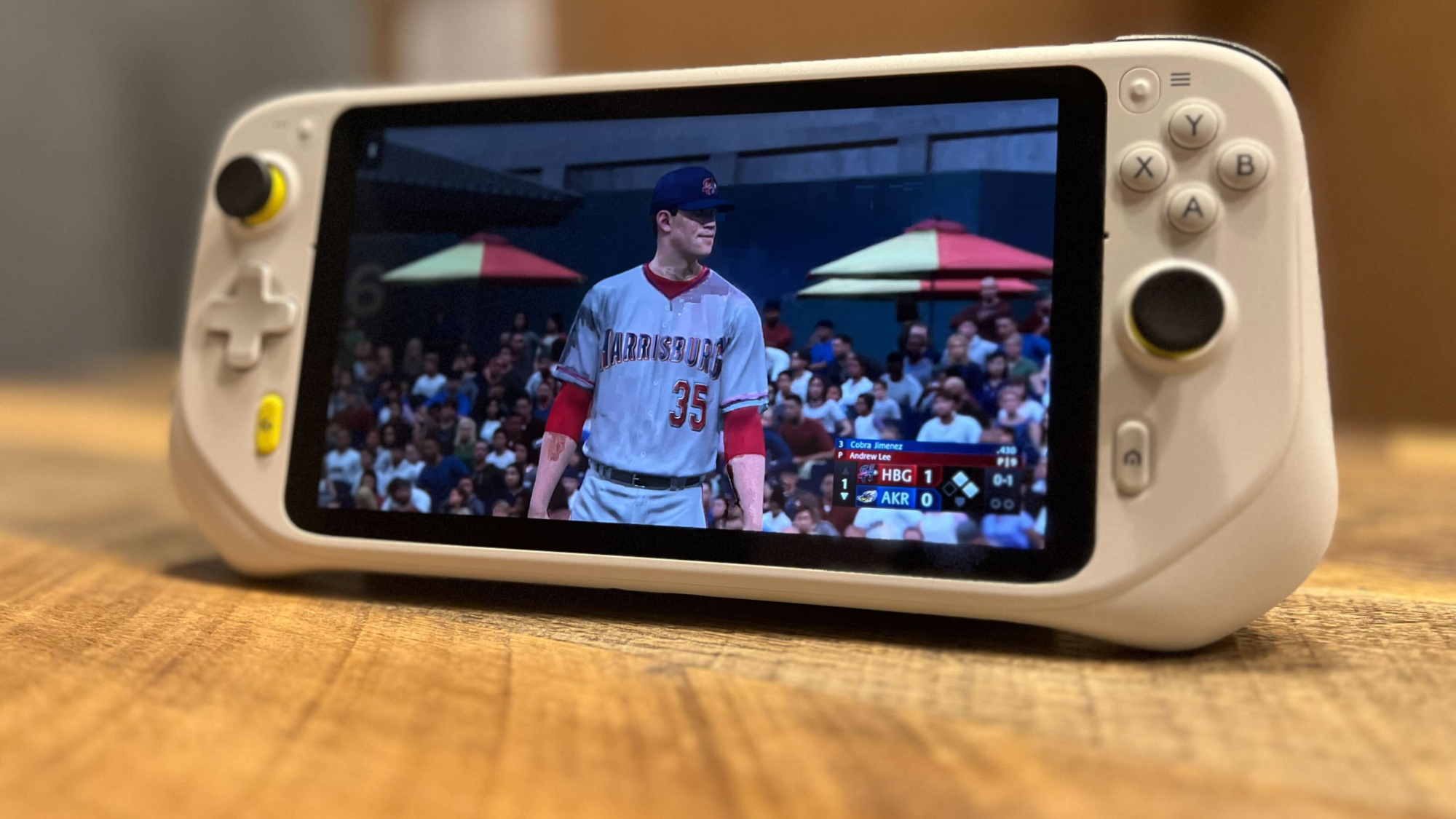Our Verdict
The Logitech G Cloud is a neat cloud gaming handheld whose inconsistent streaming performance and high price keep it from replacing your smartphone or tablet any time soon.
For
- Lightweight and comfortable
- Easy to access Cloud gaming library
Against
- Latency issues
- No LTE options
- Finicky joysticks
- High price
PC Gamer's got your back
The Logitech G Cloud is a curious device. On paper, it makes a lot of sense. It's a handheld cloud gaming system that focuses on giving you instant access to games through the magic of the cloud. This would make it excellent for gamers who want to jump straight into games and not waste precious time downloading massive install files or tweaking game settings to conserve precious minutes of battery life.
In reality, though, its inconsistent streaming performance, high price, and very specific use cases keep the G Cloud from seriously competing in the rising handheld gaming space.
As much as you'd want to make a Steam Deck or Nintendo Switch comparison, you shouldn't, despite it looking like a stylish hybrid of the two. If I have to compare the G Cloud to anything, it would be a premium Android tablet in both power and functionality.
The idea is to leverage the massive cloud gaming libraries of Xbox Cloud Gaming (via Game Pass) and GeForce Now, which lets you stream games you own on various platforms such as Steam, Epic, and Ubisoft. Just like that, you're only a handful of button clicks away from playing your favorite games whenever the mood strikes without needing to download a thing. And since it's accessing games via the cloud, the G Cloud can get away with not having to have much going on under the hood hardware-wise, which boosts comparative battery life.
The G Cloud has two modes: handheld and, surprise, a tablet mode. Handheld mode is the most convenient for gaming since it has full controller and touchscreen support. All your apps can be pinned to the main screen, allowing easy scrolling. Tablet mode turns the G Cloud into a traditional Android tablet (home screen and all) with controller support disabled.
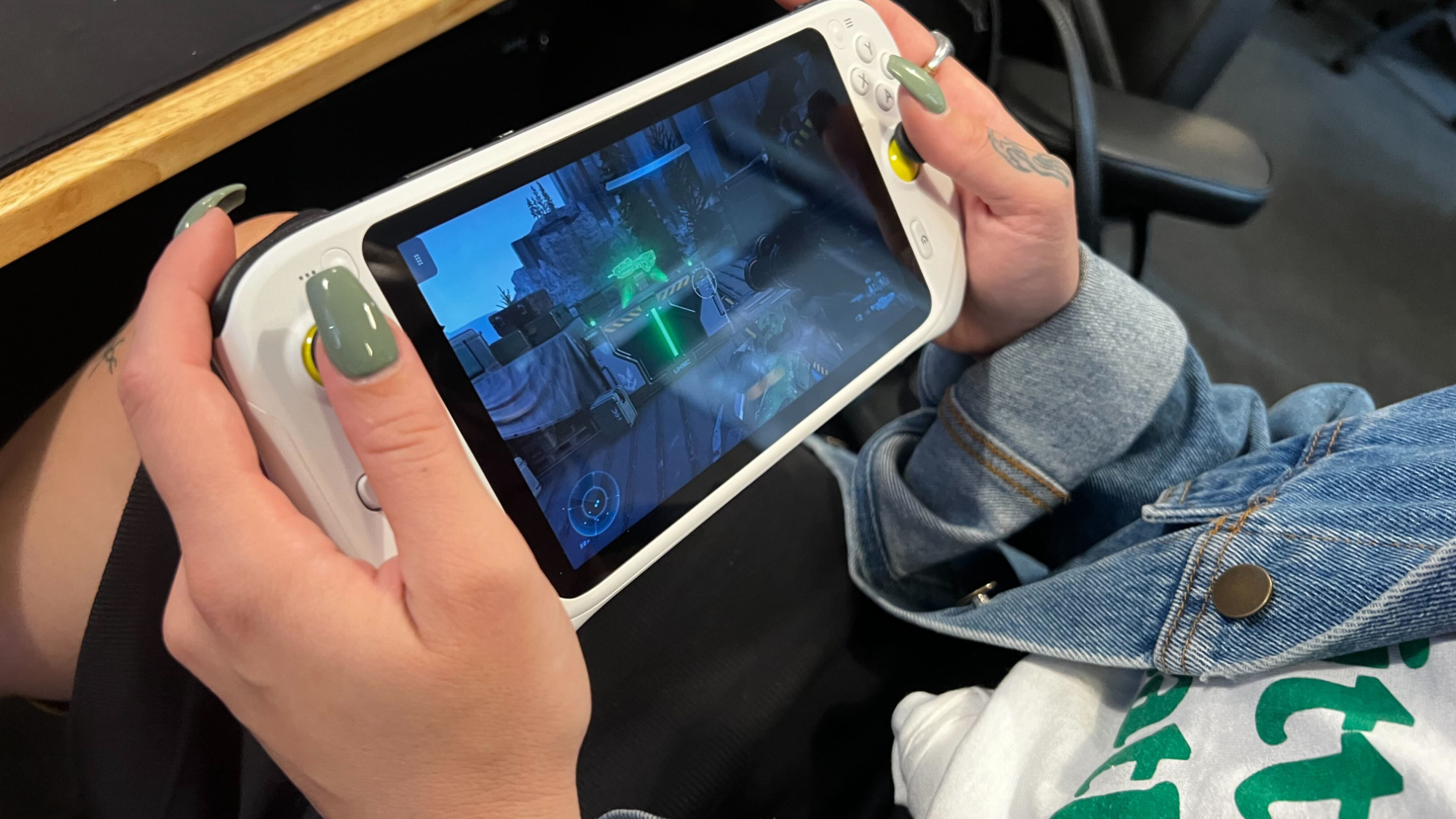
However, regardless of whichever mode you're in, booting the Xbox or GeForce Now apps will accommodate both controller and touch screen support, which is pretty convenient. And since it's streaming the games, the battery life on the G Cloud is around an impressive ten hours or so of gaming and media usage.
Much of your enjoyment of the G Cloud will be tied to how good the internet is where you are. At home, I ran into very few issues connecting to games; even online shooters like Fortnite and Halo Infinite were pretty easy to get into. I could even connect a Bluetooth headset and party chat with friends throughout the night with no problem. But it was actually playing the games where I ran into some issues.
The problem is that latency, particularly on competitive shooters, is widely inconsistent. Far too often in both Xbox Cloud Gaming and GeForce Now I would get significant input lag in online games like Halo and Forza Horizon. Even when the games felt like they were running at their absolute smoothest, I found it near impossible to get a bead on enemies in firefights, especially with precision weapons like sniper rifles. The aiming cursor always felt milliseconds behind. Or in Forza, where my steering felt delayed, and braking on a hairpin turn led to catastrophic yet borderline hilarious crashes.
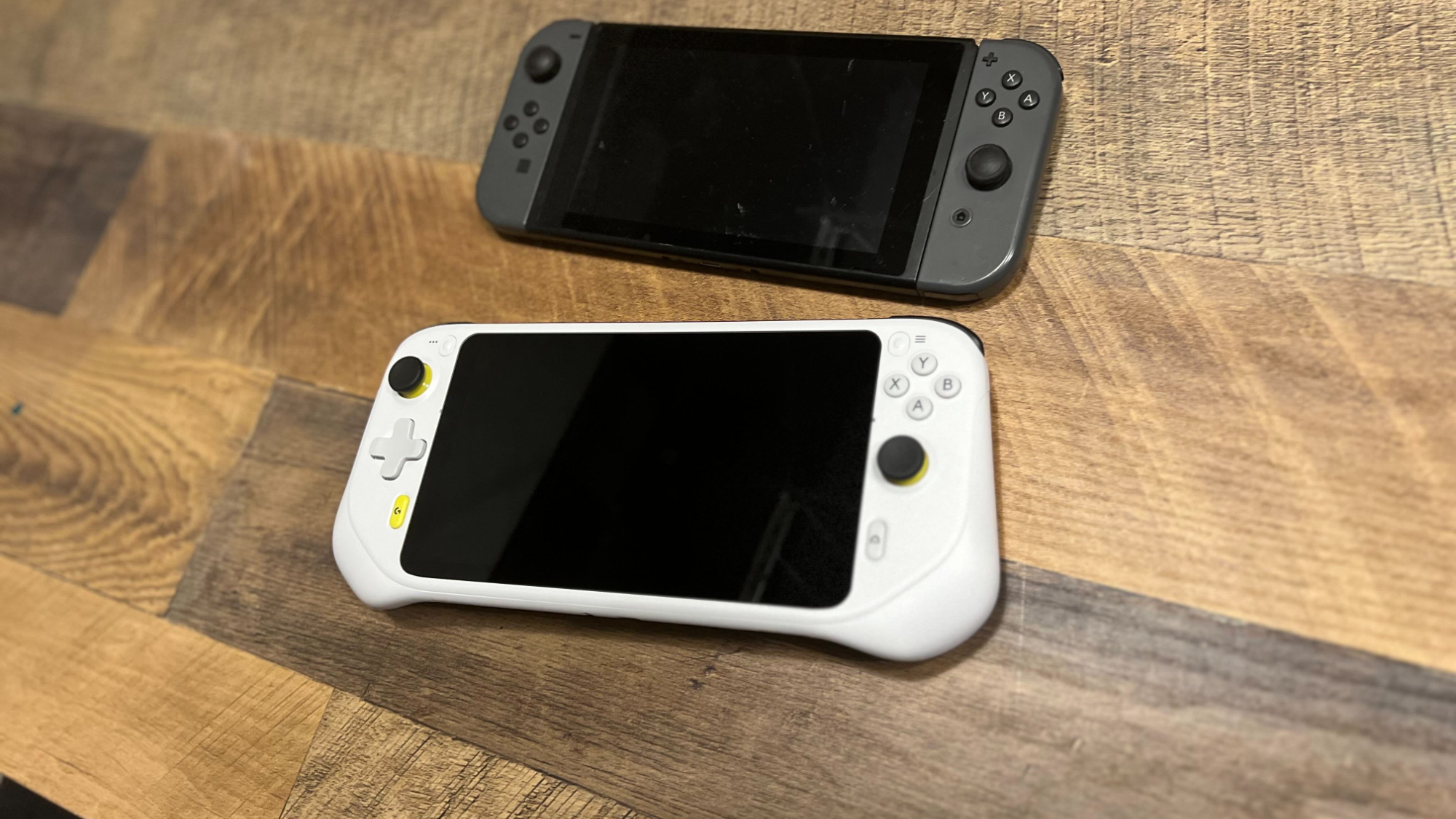
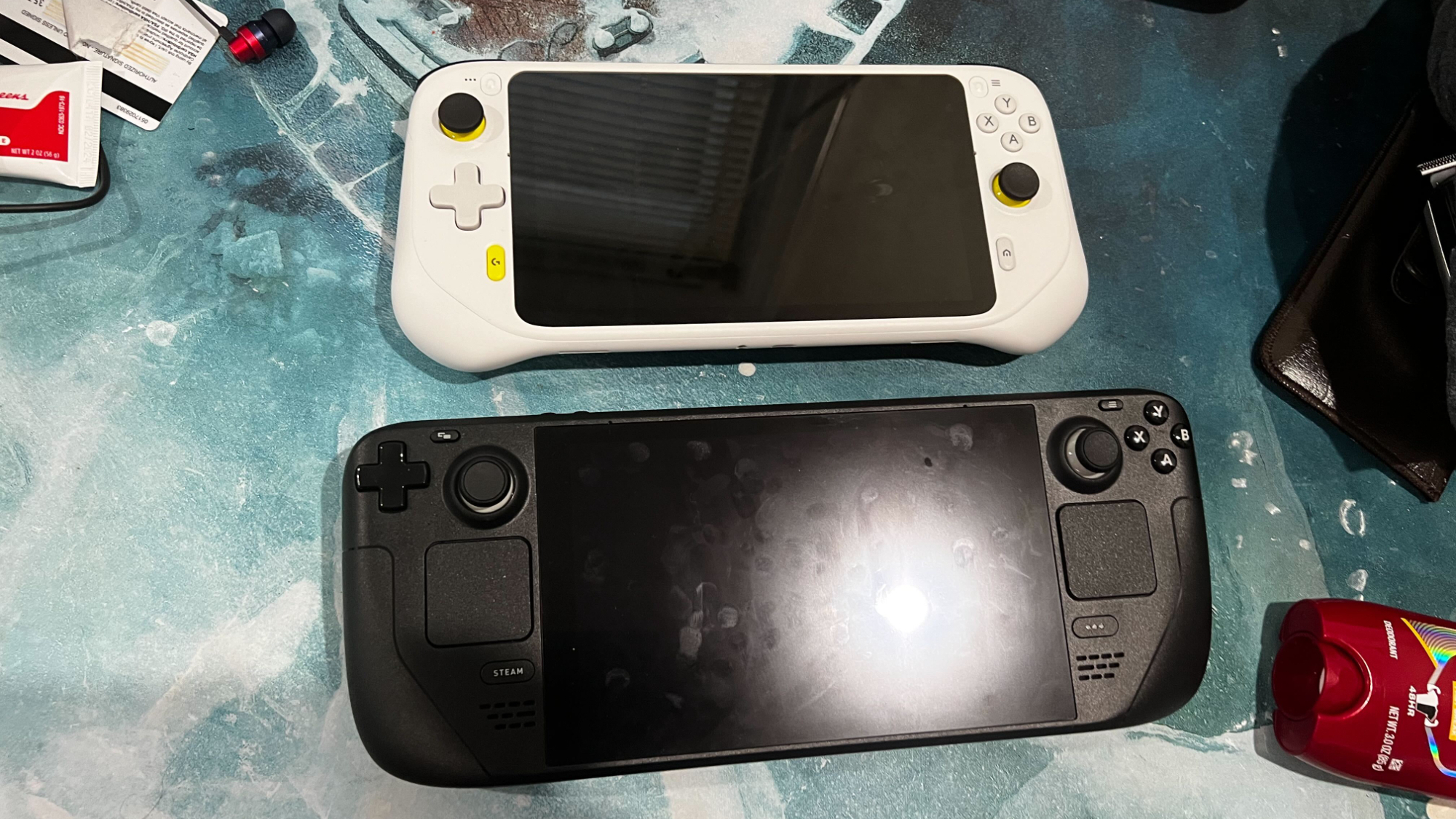
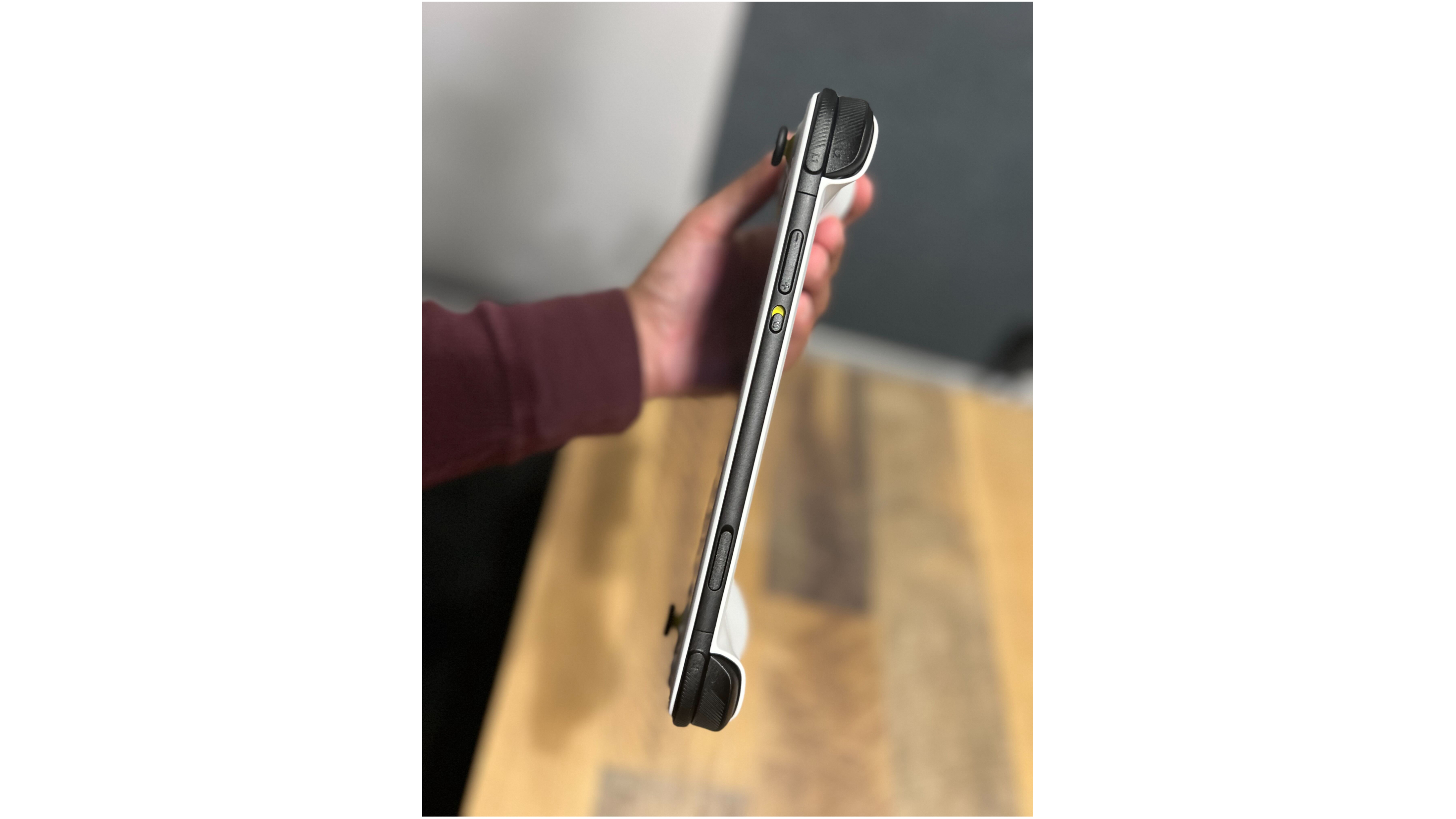
My cursor would jump around far too often because my thumbs could never set themselves right on the G Cloud's joysticks. Combining this with the slightest input lag due to latency issues made playing online shooters a lousy time. It's disappointing because I like everything else about the G Cloud's design. It's smaller and lighter than a Steam Deck and only slightly bigger than a Switch, and I'd argue it feels better to hold than Nintendo's console for long periods.
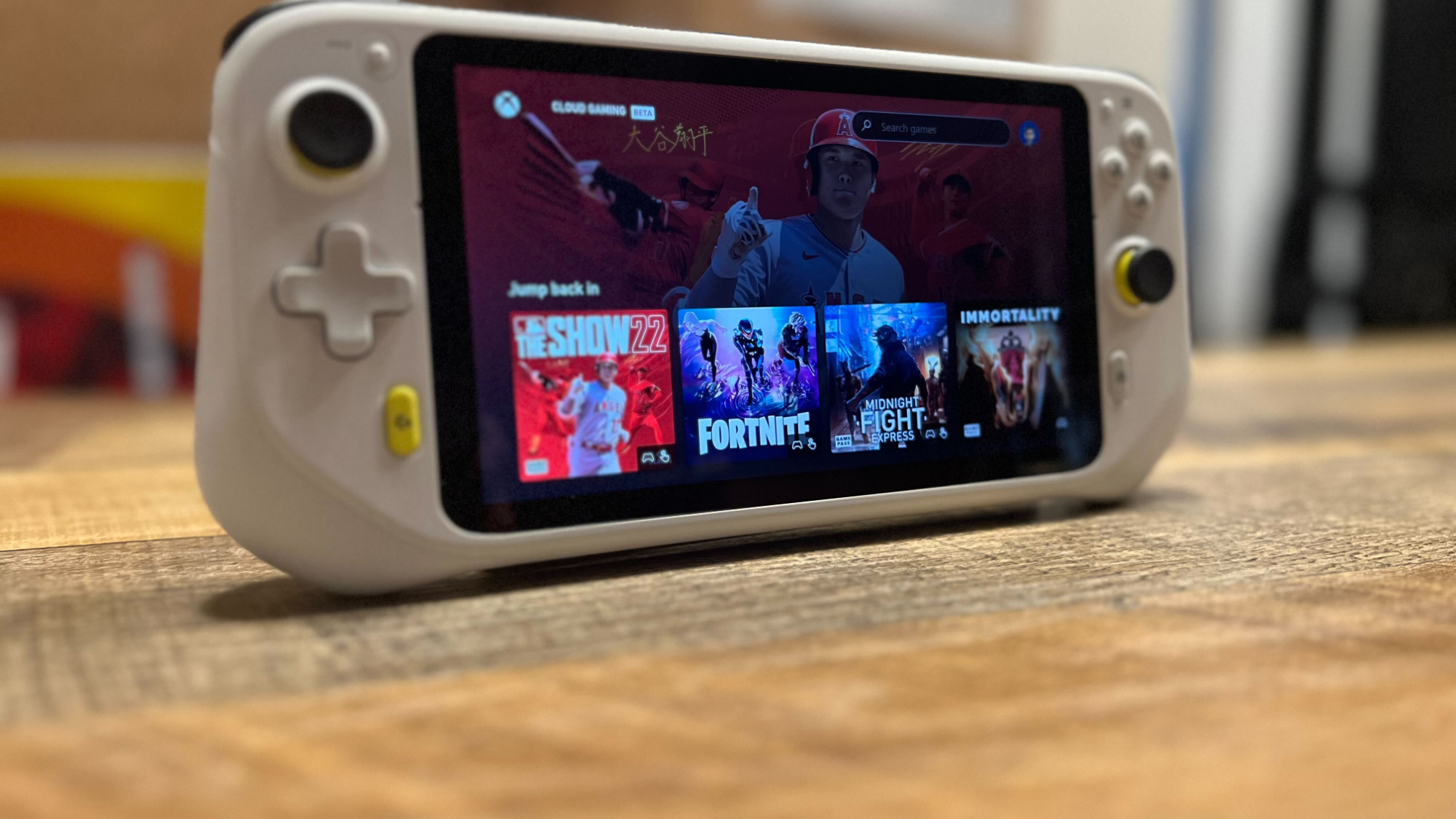
CPU: Qualcomm Snapdragon 720G (SD720G)
RAM: 16GB LPDDR5 @ 5,500MT/s 32-bit quad-channel
OS: Android 11
Storage: 64GB
Display: 1920 x 1080, 60Hz 7-inch IPS touchscreen
Connectivity: Wi-Fi, Bluetooth,
Battery: 6000 mAh
Size: 10.11 x 4.61 x 1.3-inch (256 x 117 x 32mm)
Weight: 1.48 lbs (673 grams)
Features: Dual microphones, MicroSD Card Expansion Slot
Price: $350 | $450 (CAD)
Games like God of War and Cyberpunk 2077, on the other hand, did an excellent job of showcasing the handheld's streaming capabilities. God of War's rhythmic brutal combat felt great, and whenever I did get a dip in network performance, the visual quality would go down with some notable artifacting, but it mostly kept it at a pretty manageable frame rate. My guess is since these are games with no online multiplayer components taking up more bandwidth, it was still like night and day in terms of streaming quality.
As much as I really do like Xbox's cloud gaming, I found that GeForce Now provided a better gaming experience. I tested Fortnite on both and saw that I had slightly better latency numbers on Nvidia's streaming service. But if you don't own many PC games, Xbox Game Pass is a better deal since a subscription gives you access to hundreds of games for one monthly fee. Whereas GeForce Now can only stream games you already own or free-to-play games like Fortnite.
The games that played the best on the G Cloud weren't games I streamed but games I downloaded from the Google Play Store. Diablo Immortals, Blizzard's mobile hack and slasher, worked well since it supports the gamepad and honestly did a better job of selling me on the G Cloud than anything I streamed on Game Pass.
The G Cloud still feels underpowered when playing Android games, however. Diablo Immortals can only be played at 30fps on low-quality settings. It was surprising to see games like Apex Legends and Call of Duty Mobile not run well since they perform pretty well on many phones and tablets. Some games also only support touch controls, making it a cumbersome experience since you have to reach over the d-pad and joystick to use imprecise on-screen touch controls.
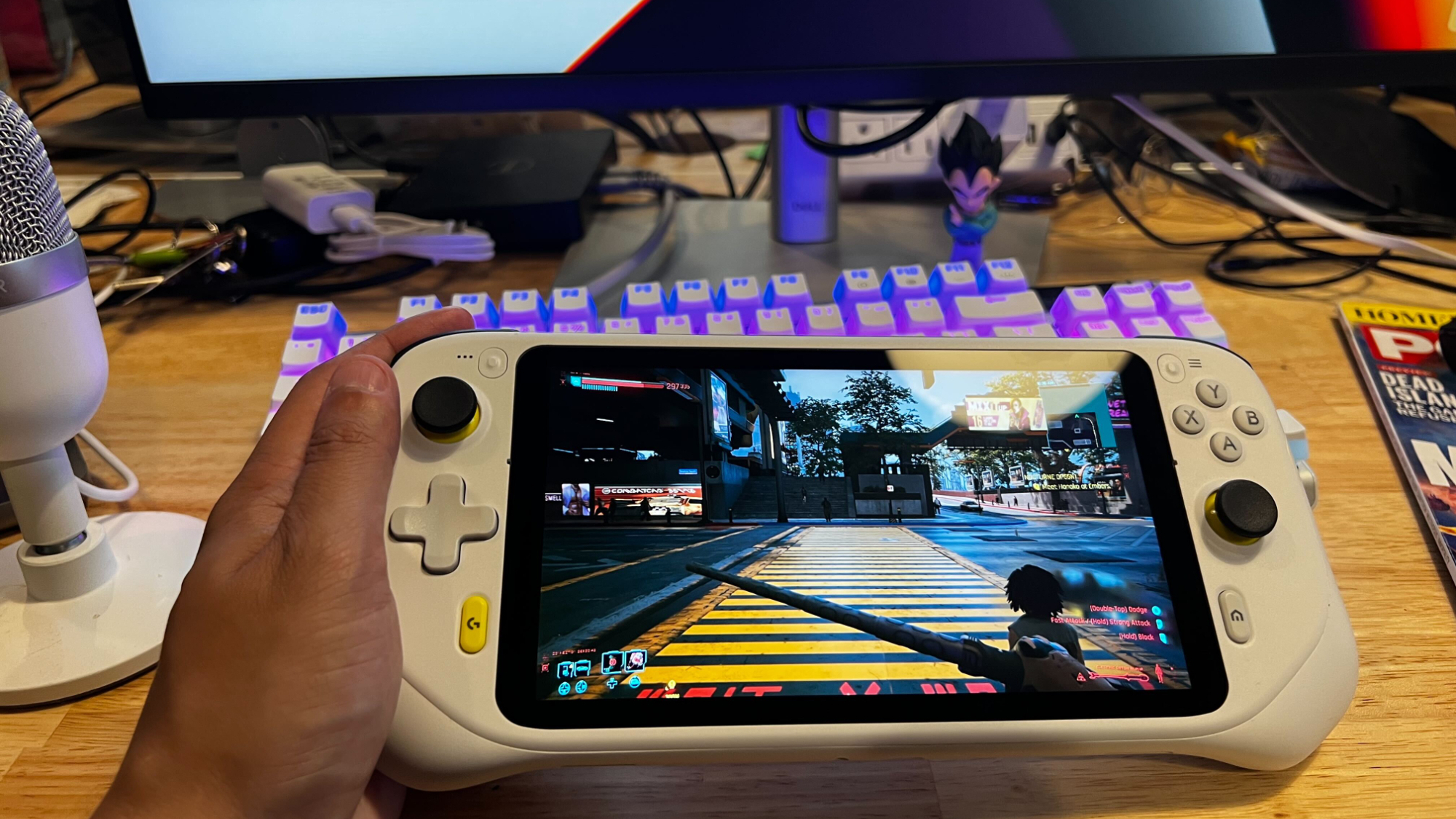
Outside gaming, I used the G Cloud like any ol' tablet; I sat on the couch and fell into deep PC gaming TikTok rabbit holes on the couch as my wife watched her various reality shows with fighting housewives on the big TV. It was nice to be able to connect some Bluetooth earbuds as I watched my New York Mets blow a division lead to the Atlanta Braves on a bright 450 nit 1080p 60Hz display. I could easily see a parent using one of these to pacify a young kid with some YouTube or Minecraft.
The games that played the best on the G Cloud weren't games I streamed but games I downloaded from the Google Play Store.
But I still find it tough to nail down who the Logitech G Cloud is for. Logitech has made a neat streaming handheld that works well in very specific conditions. The G Cloud could be perfect for someone who wants to play in some matches of Fortnite on the patio or to try out some indie games on Game Pass without downloading them before bed. Even then, this assumes they don't own a Switch, an iPad, or a smartphone.
Since the G Cloud doesn't have LTE support and is a Wi-Fi-only device, you're restricted to using this thing where there's Wi-Fi. So if you had dreams of streaming Crusader Kings III on your bus ride, you're out of luck unless you want to try tethering it to your phone, acting as a hotspot. It's doable; I've done it, and it's not fun at all. You could, of course, download a game ahead of time on the Google Play Store, but even then, you could just play those games on your phone.
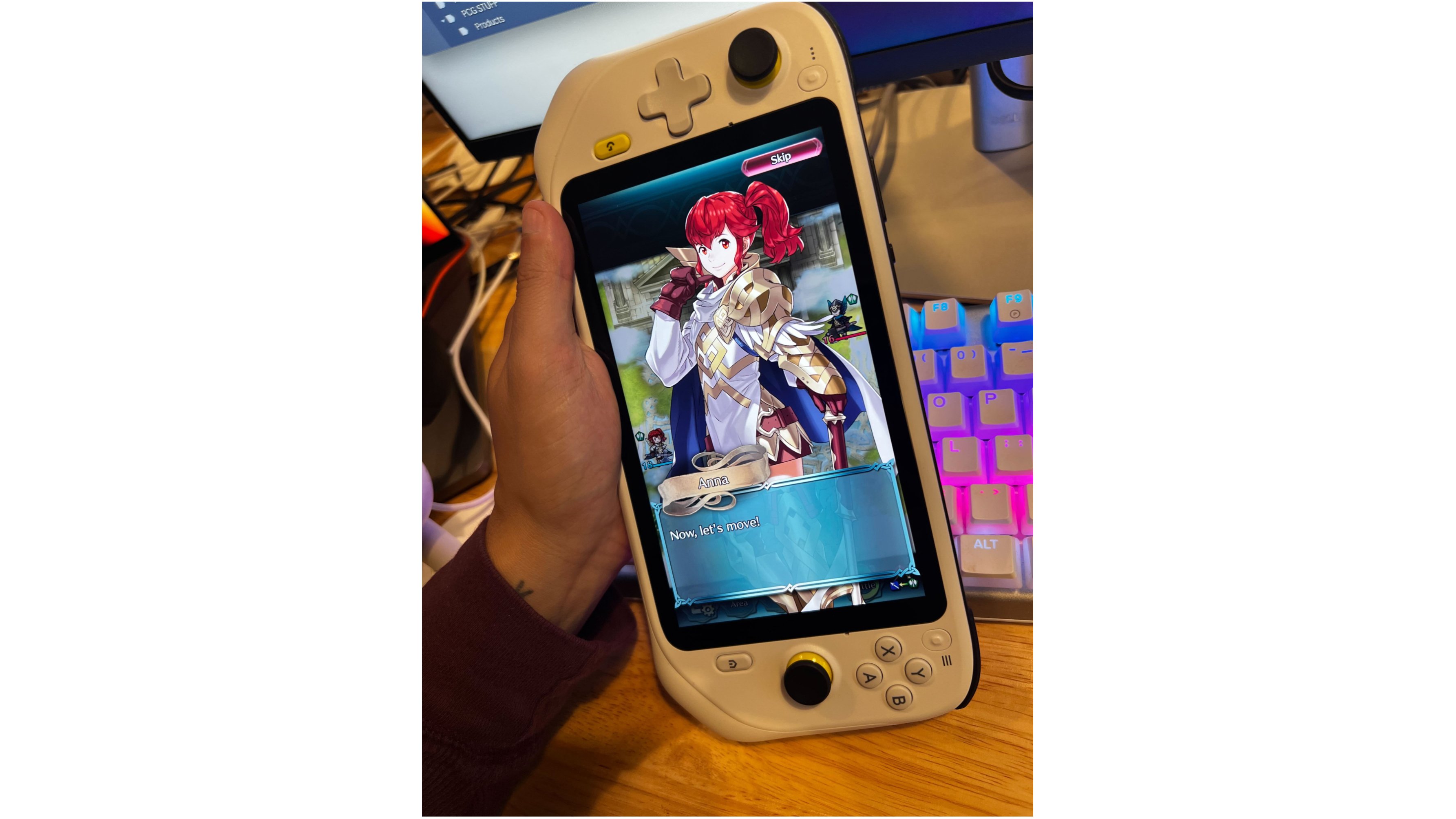
Streaming from Xbox Game Pass and GeForce Now is super easy to use so long as you have decent internet, but then you still have to deal with sometimes finicky latency issues. But what keeps it from being the ultra-convenient pickup and play device Logitech wants it to be is the price. At $350, you're asking a lot from a person who can spend roughly the same amount on a good android tablet with better hardware that could technically do the same thing. Or even spend a tiny bit more and get an actual Steam Deck or whatever Razer is cooking up.
The Logitech G Cloud isn't a terrible handheld; it just feels like it is made for a gamer that doesn't exist. With the lack of LTE, high price, and terribly inconsistent streaming performance, the G Cloud, while easy to use, doesn't give you enough reasons to justify ditching cloud gaming on your phone or tablet.
The Logitech G Cloud is a neat cloud gaming handheld whose inconsistent streaming performance and high price keep it from replacing your smartphone or tablet any time soon.

Jorge is a hardware writer from the enchanted lands of New Jersey. When he's not filling the office with the smell of Pop-Tarts, he's reviewing all sorts of gaming hardware, from laptops with the latest mobile GPUs to gaming chairs with built-in back massagers. He's been covering games and tech for over ten years and has written for Dualshockers, WCCFtech, Tom's Guide, and a bunch of other places on the world wide web.
